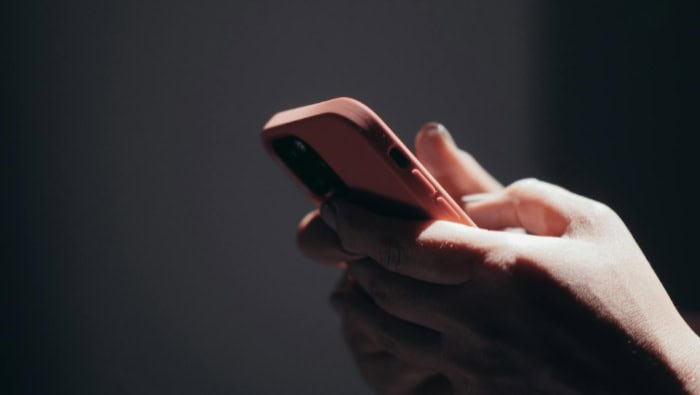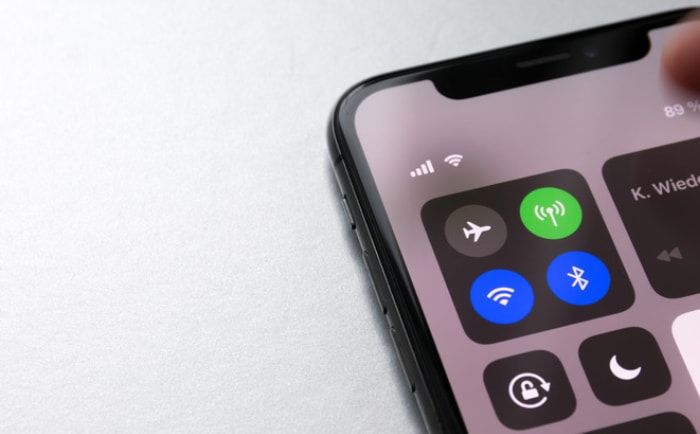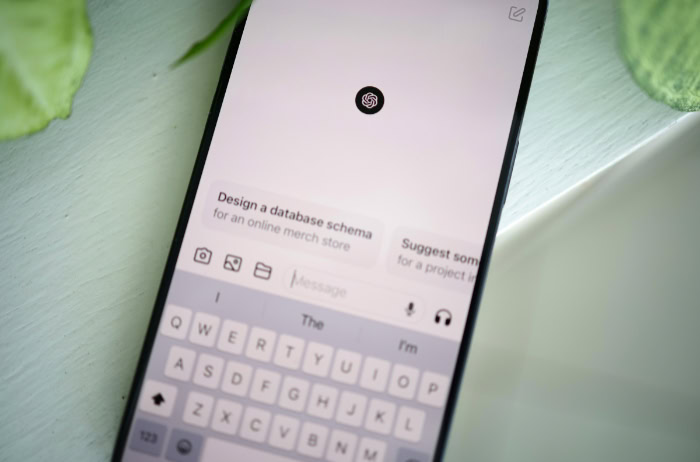Are iPad Cases Worth It? Benefits That May Surprise You
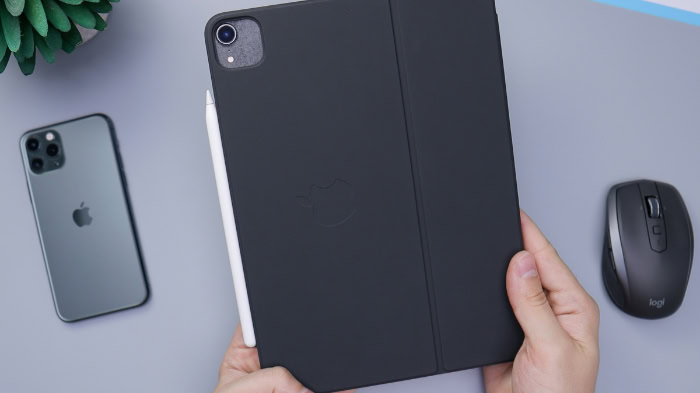
Scratched screens, accidental drops, and unexpected spills are part of everyday life for tablet owners, sparking debates about the true value of iPad cases. Deciding to invest in a case means weighing the need for reliable protection and added features against the extra cost and potential bulk.
Many users wonder if a case is essential or just another accessory marketed for peace of mind. With options ranging from budget-friendly basics to stylish, handcrafted covers, finding the right balance between device safety, usability, and personal style can be surprisingly complex.
Before settling for a bare iPad or snapping on a case, it’s worth considering how much security, functionality, and resale value actually matter to you.
Cost vs. Protection Value
Protecting an iPad is often a balancing act between avoiding expensive repairs and justifying the upfront cost of a quality case. Anyone who has owned a tablet long enough knows that all it takes is one slip for an unprotected device to suffer serious damage.
Even the most careful users are not immune to the unexpected-the kitchen counter drop, the backpack tumble, or the coffee table mishap. With the rising price of tablets, making the right protection choice can directly impact both wallet and peace of mind.
Repair Costs Without a Case
Screen damage remains the most common and costly issue for iPad owners. Repairing a cracked screen can easily set you back between $200 and $600, depending on the model.
Damage affecting internal components or the back casing can drive costs even higher. In comparison, purchasing a case typically ranges from as little as $15 for a basic cover to $100 or more for those offering advanced protection or premium materials.
Considering how frequently a single accident can result in a costly repair, even a modest investment in a case can quickly pay for itself by avoiding just one mishap.
Risk Mitigation
Drops and impacts are often the primary culprits, and surfaces like tile or concrete dramatically increase the risk of serious breakage. Scratches, dents, and shattered displays not only impair usability but can also reduce resale value or even make the device unusable.
By absorbing shocks and buffering against direct contact, a case significantly cuts down the likelihood that a moment’s lapse in attention will turn into a pricey mistake.
Budget-Friendly Options
Concerns about price often cause some users to skip protection altogether, but effective cases do not have to break the bank. Mid-range cases, typically priced around $30 to $50, offer a sweet spot for those looking for solid protection without luxury extras.
Many of these affordable options feature raised edges, shock-absorbing materials, and secure closures that guard against everyday hazards. They may not have premium finishes or high-end branding, but they get the job done without turning your device into a financial liability.
Functional Features Beyond Basic Protection
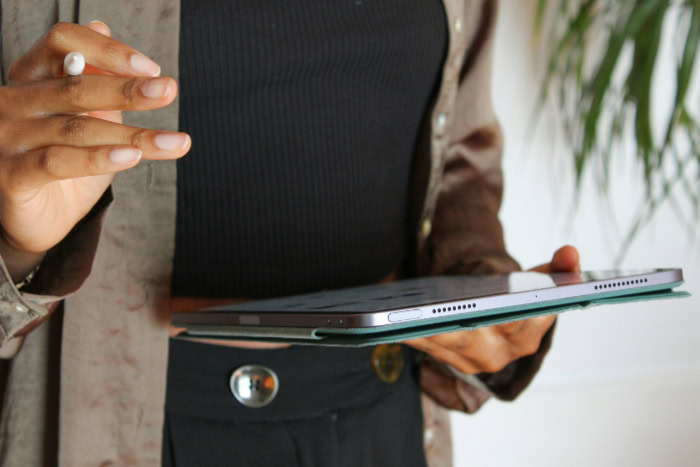
Choosing an iPad case involves more than just safeguarding against scratches and drops. Design innovations have turned many cases into multi-functional accessories that transform daily use, making the iPad even more adaptable and convenient.
Beyond simple defense against mishaps, the right case can enhance comfort, productivity, and the overall experience, often in ways that users might not anticipate at first glance.
Ergonomic Design For Comfort and Versatility
A well-designed case can do much more than simply cover an iPad. Adjustable stands are common features, giving users the flexibility to prop up their device at multiple angles.
Typing emails, streaming movies, or sketching become far more comfortable tasks when the iPad can be positioned to suit the activity. Artists, students, and professionals alike benefit from sturdy stands that remain stable during drawing or note-taking.
A case with thoughtful ergonomics can turn a standard tablet into a personalized workstation or portable theater with just a quick adjustment.
Enhanced Usability With Added Features
Manufacturers now pay close attention to the details that elevate usability. Textured grips help prevent accidental slips, especially when carrying the device around the house or on the go.
Handstraps add extra convenience for reading or presenting while standing, reducing the risk of fatigue and making the iPad easier to use one-handed. Compatibility with accessories like the Apple Pencil is also a major plus.
Some cases include built-in holders or magnetic attachments, allowing users to keep their stylus secure and ready for use at any moment. Features like these support a more seamless daily routine, whether for work, creativity, or entertainment.
Keyboard Integration
For those who rely on their iPad for writing, studying, or remote work, keyboard cases can be a game-changer. Integrated keyboards turn tablets into compact laptops, improving typing speed and comfort during longer sessions.
Built-in keyboards often include shortcut keys, touchpads, and backlighting for added efficiency. However, keyboard cases usually focus protection on the front and sides, sometimes leaving the back or corners more vulnerable.
Their bulkier size may add extra weight, making the iPad less portable. Users should weigh the increased productivity against the trade-offs in coverage and convenience to find a solution that matches their lifestyle.
Design has moved far beyond simple defense, bringing tangible improvements to how people interact with their devices each day. For many users, the added comfort and productivity more than justify choosing a case with functional features that fit their habits and needs.
Case Types and Material Choices
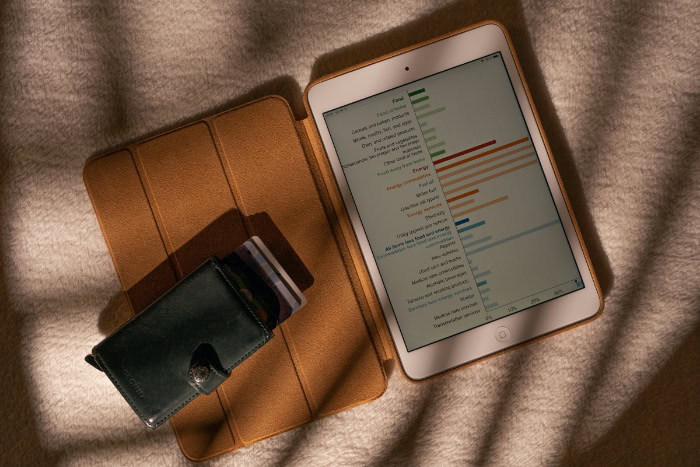
Choosing an iPad case often means deciding how much protection is necessary and what materials best suit daily habits and tastes. The variety on the market ranges from cases that wrap the entire device like armor to those that simply shield the screen.
The material used also plays a major role, not just in safeguarding against damage but in contributing to the overall look and feel of the tablet. As options multiply, it becomes easier to match a case to preferences in durability, style, and even ethical production.
Full-Coverage vs. Folio Cases
Full-coverage cases enclose the iPad on all sides, offering robust protection from every angle. Raised corners and reinforced edges help absorb shocks from accidental drops, while port and button covers minimize exposure to dust and debris.
Devices used in unpredictable environments or often handled by young children can benefit greatly from this level of defense. However, this all-out protection may add noticeable thickness or weight, sometimes making the iPad less sleek.
Folio cases, on the other hand, focus on a slim profile. With a flap that covers the screen and a thin backplate, folio designs serve those who want a light option that slips easily into a bag or hand.
The screen stays shielded from scratches in transit, and many folio covers double as simple stands. While they excel in portability and convenience, folio cases tend to leave the corners, edges, or back a bit more exposed, striking a balance between minimal bulk and essential coverage.
Material Durability and Appeal
Material choice greatly impacts both durability and aesthetics. Silicone and TPU cases deliver excellent shock absorption, wrapping the iPad in a soft, slightly grippy shell that cushions impacts and helps prevent slips.
They work well for anyone worried about frequent bumps or drops, especially in homes with kids or in fast-paced workspaces.
Leather cases offer a different appeal, blending durability with a timeless, polished appearance. They often gain character over time, conforming to the user's habits and retaining a refined look.
For those seeking true luxury and uniqueness, brands like DODOcase offer handcrafted cases crafted from high-quality leather and sustainable materials. These cases often feature bookbinding techniques and custom finishes, providing an artisanal alternative for users who want protection that doubles as a style statement.
Rugged cases cater to those who put their devices through demanding situations. Built with reinforced corners, multi-layer construction, and military-grade drop certification, rugged styles are designed for ultimate protection.
Whether the iPad is destined for the outdoors, a busy worksite, or the hands of adventurous kids, rugged cases provide a confidence boost that the device can endure life’s unexpected bumps and tumbles.
Case types and materials influence not just how safe a device feels, but how it integrates into daily routines. From sleek folios to heavyweight defenders and from grippy silicone to artisanal leather, the right choice can reflect both practical needs and personal identity.
Lifestyle and Usage Scenarios
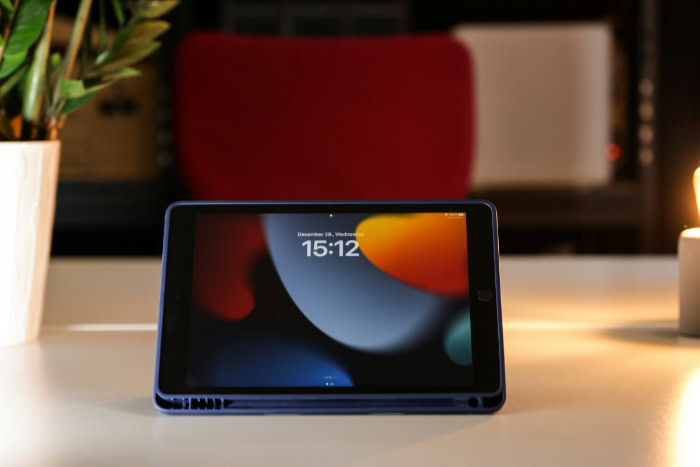
Selecting an iPad case is rarely a one-size-fits-all decision. Daily routines, environments, and individual habits heavily influence what makes a case truly worthwhile.
Some users need hardy protection for unpredictable days on the move, while others prioritize design that blends seamlessly with their sense of style. Considering how and where the iPad is used can reveal which case features make the most sense.
High-Risk Environments
People who bring their iPads to construction sites, use them outdoors, or travel frequently face more hazards than the average user. Drops onto concrete, exposure to dust, or getting tossed in and out of crowded bags can all spell disaster for an unprotected device.
Rugged cases rise to the challenge, featuring tough materials, shock-absorbing layers, and extra coverage for all edges and buttons. In active or harsh settings, the extra bulk of a durable case is a small price to pay for peace of mind.
Family-Friendly Needs
Homes with children present their own set of challenges, as little hands are often not the most careful. Accidental drops, snack spills, and rough play put tablets at risk.
Cases targeting family use almost always have reinforced corners, grip-friendly textures, and easy-to-clean surfaces. Some even add built-in stands or handles, making it easier for kids to use the device without help.
Choosing a case designed with children in mind helps protect both the iPad and your nerves during playtime or shared screen time.
Aesthetic Preferences
For many users, appearance carries just as much weight as protection. Some prefer sleek, minimalist cases that preserve the original look of the iPad and slip easily into any bag.
Others express their personality with bold patterns, bright colors, or luxury finishes. Today’s market caters to nearly every preference, from transparent covers that show off the iPad’s aluminum body to artistically crafted leather cases that make a statement. The right case can be as much about personal expression as it is about safety, allowing users to match their device to their mood, outfit, or workspace.
A case tailored to lifestyle and taste not only protects the iPad but can also enhance comfort, confidence, and individuality each time the device is used.
Long-Term Value and Drawbacks
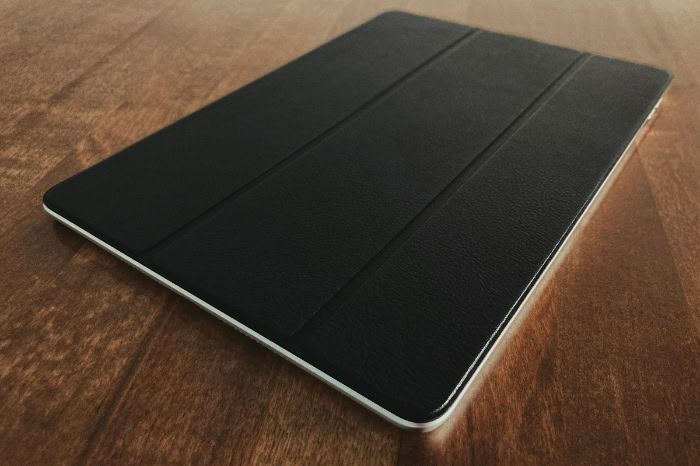
Considering a case for your iPad is not just about immediate benefits. Long-term effects can influence both your wallet and daily satisfaction with your device.
Protecting your investment often means keeping it in top shape, but some trade-offs and alternatives deserve careful thought before committing to a particular case or protection plan.
Resale Impact
One of the most practical reasons to use a case involves maximizing the resale value of your iPad. Even minor scratches, dings, or scuffs can knock significant dollars off the asking price.
A well-chosen case helps shield against daily wear and accidental knocks, keeping screens clear and corners crisp. Buyers consistently gravitate toward devices that look and function like new, so a minimal upfront investment in a case often translates into a much higher return down the line.
Trade-Offs
Of course, no case is perfect. Added bulk can make even the sleekest iPad feel heavier and less convenient to carry. Some cases, especially rugged or full-coverage models, may not fit into smaller bags or tablet sleeves.
Extra layers around ports or buttons sometimes interfere with certain chargers, docks, or audio accessories. Detachable keyboard cases, while extending productivity, might not offer complete coverage, leaving some areas more exposed.
For users who value portability and an ultra-thin profile, the decision to use a case can involve accepting a little extra weight or sacrificing a bit of the original device feel.
Alternatives
Device insurance or extended service plans, such as AppleCare+, can offer peace of mind against accidental damage. However, relying solely on a service plan has its limitations.
Most plans require an upfront fee plus additional charges each time a repair is needed, and some types of cosmetic damage may not be covered at all. Waiting for repairs can also mean time without your tablet.
Physical protection, on the other hand, may prevent those breaks and scratches from happening in the first place, often saving both time and money. Many users find that a combination of a good case and a protection plan offers the best balance of risk management and convenience, though plenty get by just fine with one or the other depending on their lifestyle and confidence in handling their device.
Balancing long-term value and daily convenience involves weighing a variety of practical considerations. For most iPad owners, the right case not only preserves a device’s future worth but also supports hassle-free use, while the drawbacks remain manageable for the sake of peace of mind.
Conclusion
Choosing whether to use an iPad case comes down to personal risk tolerance, daily routines, and how much you are willing or able to spend. For those who rely on their iPad for work, creativity, or family use, the added protection and functional features are often worth the small investment, especially compared to the high cost of repairs or lost resale value.
People who use their devices in unpredictable settings, or who share them with children, usually benefit from the peace of mind that a sturdy case provides.
On the other hand, minimalists or those who seldom take their iPad out of the house might prefer a slimmer cover or none at all. Overall, cases remain a cost-effective safeguard for most users, offering a smart way to extend the life and value of an iPad, but the best choice will always depend on your unique habits and preferences.
